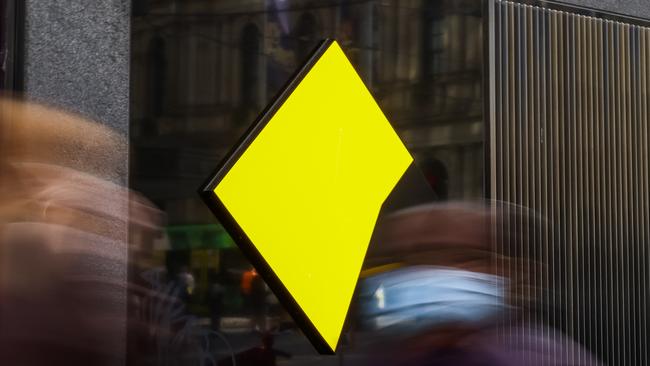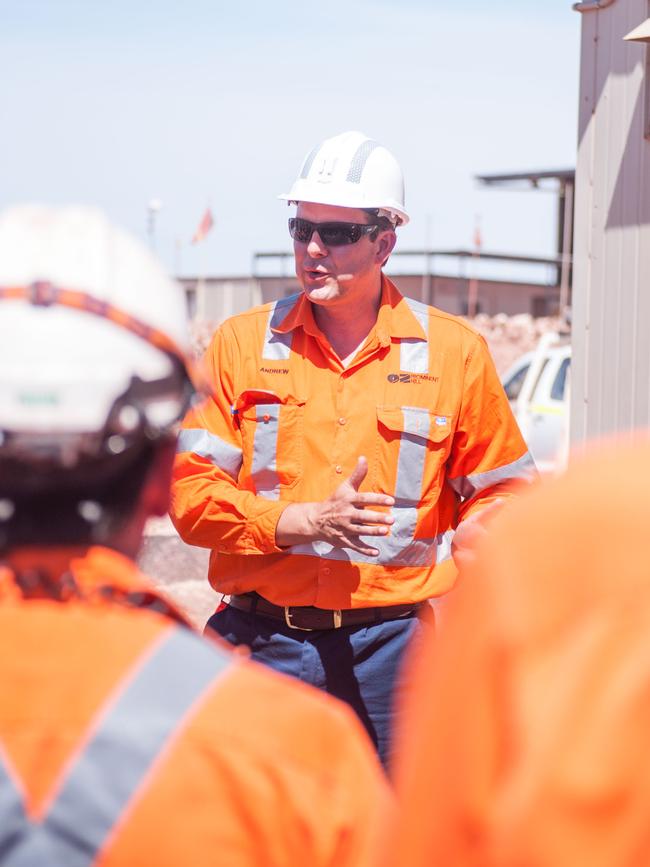
Tough new rules introduced last year mean the hybrid market is a shadow of its former self. The pre-Covid era was marked by tens of billions of dollars in regular issues.
Hybrid shares are really debt, but as ASX-listed instruments they behave like equity. Some are perpetual while others can convert to ordinary shares if a company opts not to redeem them by a predetermined date.
Hybrids are loved by retirees and self-managed super funds for offering a dependable long-term franked income stream with the promise of some protection against inflation. Fund managers also saw the issues as providing some diversification. Those lucky enough to secure hybrid issues from as much as a decade ago were sitting on a fat interest margin, which helped to soften the blow during the era of ultra-low interest rates.

With inflation looking to stay higher for longer, the hybrid instruments are in greater demand than ever, but new supply has all but disappeared. Many of the notes are trading above their $100 issue price, showing just how much investors are willing to pay.
CBA’s move this month and the BOQ issue on Monday replace existing shares from the two banks that are facing maturity. Likewise Insurance Australia Group, the nation’s biggest general insurer, is eyeing off a program to replace $300m worth of notes ahead of their first trigger for conversion to equity mid-next year.
New rules were introduced under the former Morrison government that sought to tighten the issue of all forms of credit, and hybrid shares were caught in the net. The so-called design and distribution obligations introduced 12 months ago meant that hybrids could only be offered to wholesale investors (large qualified investors) or retail investors that went through a financial adviser.
“Previously I could pick up an application form and apply directly and if I wanted CBA hybrids I would get them,” says Thomas Jacquot, the head of research at FIIG Securities. “Now if I want the same ones I have to go through a financial adviser and the adviser will make the determination if I qualify … that’s one reason why issuance has slowed down.”
Jacquot, whose brokerage specialises in fixed interest, says banks and corporate names are increasingly starting to raise hybrid funds directly from institutional investors in the unlisted market, where disclosure obligations are not as high.

Two years ago National Australia Bank got the ball rolling through the issue of a $500m hybrid note that it sold directly to wholesale investors. Here the disclosure requirements are not as great. Smaller lenders including MyState have opted for the unlisted market to raise funds through hybrid issues. In March small lender P&N Bank (the former Police and Nurses credit union), raised $75m in the unlisted market.
Companies ranging from Ampol and APA to Ramsay had issued the hybrid notes because they were treated more favourably than debt by ratings agencies. At the same time, banks were big users of the notes because they were allowed to count towards regulatory capital.
CBA’s PERLS XV offer was rushed by investors just days after it was launched. This saw the initial target of $750m upsized to $1.8bn. The new notes would continue until June 2031, the point when the bank needed to make a call on whether to redeem or convert the hybrid shares into ordinary equity. The CBA issue was designed to replace the $2.2bn PERLS VII notes that were due to be redeemed by the bank after more than a decade.
CBA is offering a margin 2.85 per cent over the Bank Bill Swap Rate (the short-term interest rate used in money markets that largely tracks the official cash rate). On Monday’s pricing that represents 5.77 per cent.
BoQ on Monday launched a $300m issue, but it’s also likely to upsize this as it pushes ahead with a bookbuild. BOQ has flagged a margin on the notes of between 3.4 per cent to 3.6 per cent above the BBSW – this is 6.34 per cent to 6.52 per cent on current pricing.

Jacquot says buying a floating rate instrument that is tied to BBSW as a way to protect against inflation is better than buying a debt instrument priced on fixed rates. However, he points out that it’s not going to deliver the true protection you’d find with an inflation-linked debt instrument.
Crown Resorts had some of the longest-dated notes on offer in the market. Its second hybrid issue of $600m launched in 2015 offered a generous interest margin and was due to expire in 2075. Private Equity group Blackstone bought back all the outstanding Crown hybrid shares as part of its $8.9bn takeover of the casino operator.
Others include AMP’s existing $275m capital notes program, which offers a whopping 10.55 per cent, although there is significant risk priced into the margin.
–
Safety first
Even with copper in high demand, OZ Minerals chief Andrew Cole recently told his entire workforce to down tools for a day and take stock of safety.
Just a few hours offline for a miner represents a significant interruption to output, and with producers increasingly scored by quarterly tonnes shipped, any expectations of production falling short can annoy the market.
Following major improvements in safety over the past decade and the introduction of automation, it can be easy to forget that mining remains an incredibly dangerous job – until something happens.
Indeed, according to the federal government’s Safe Work Australia agency, the mining industry has one of the highest fatality rates of any industry, with an average of nine deaths each year. OZ Minerals has operations across Australia, Europe and Brazil, and has seen a drift up in safety incidents this year. Cole describes this as an “unacceptable trend” that prompted the day of safety training.

Today, safety in mining is not just about physical injuries; there is an increasing focus on mental health as well. Miners are operating heavy machinery and lapses in concentration or distractions can have tragic consequences. The primary causes of potentially fatal incidents on mine sites remain falling objects, vehicles and driving. Mine collapses, which are increasingly uncommon in Australia, can lead to multiple deaths.
From a crude financial measure, a fatality at a mine site can see production offline for weeks.
Cole puts the safety issues down to extra external demands coming down on mining operations in the post-Covid era.
He says the incidents were mostly front line operators hurting themselves, with hand injuries a common occurrence. While the incidents were concentrated on the front line, the trend was going in the wrong direction.

“It has been a very dynamic year with high turnover, Covid rules are changing, there are high costs of doing business and people are distracted,” Cole says.
These external factors are not unique to OZ Minerals, which suggests all miners will need their own health and safety stocktake.
“This is just about making sure that people understand that their personal safety and their personal mental wellbeing is the most important thing that they need to be thinking about when they are in a workplace.”
Cole’s comments came as gold miner Newcrest reported a “critical incident” involving a mining contractor at its Brucejack mine in British Columbia over the weekend. Newcrest has suspended operations as it works with local authorities on the incident. It declined to comment further.
Mining giant Rio Tinto has reported three-and-a-half years without a fatality on a managed site and the injury rate continues to fall. However, Rio has overhauled its safety training over the past year, noting “fatigue, labour shortages and other pressures from Covid-19 have heightened safety risks”.
Mining giant BHP has just reported the third consecutive year without a fatality.
johnstone@theaustralian.com.au



Commonwealth Bank and Bank of Queensland have attempted to breathe some life back into hybrid shares, but the $2bn in new issues this month represents barely a trickle for a once booming market